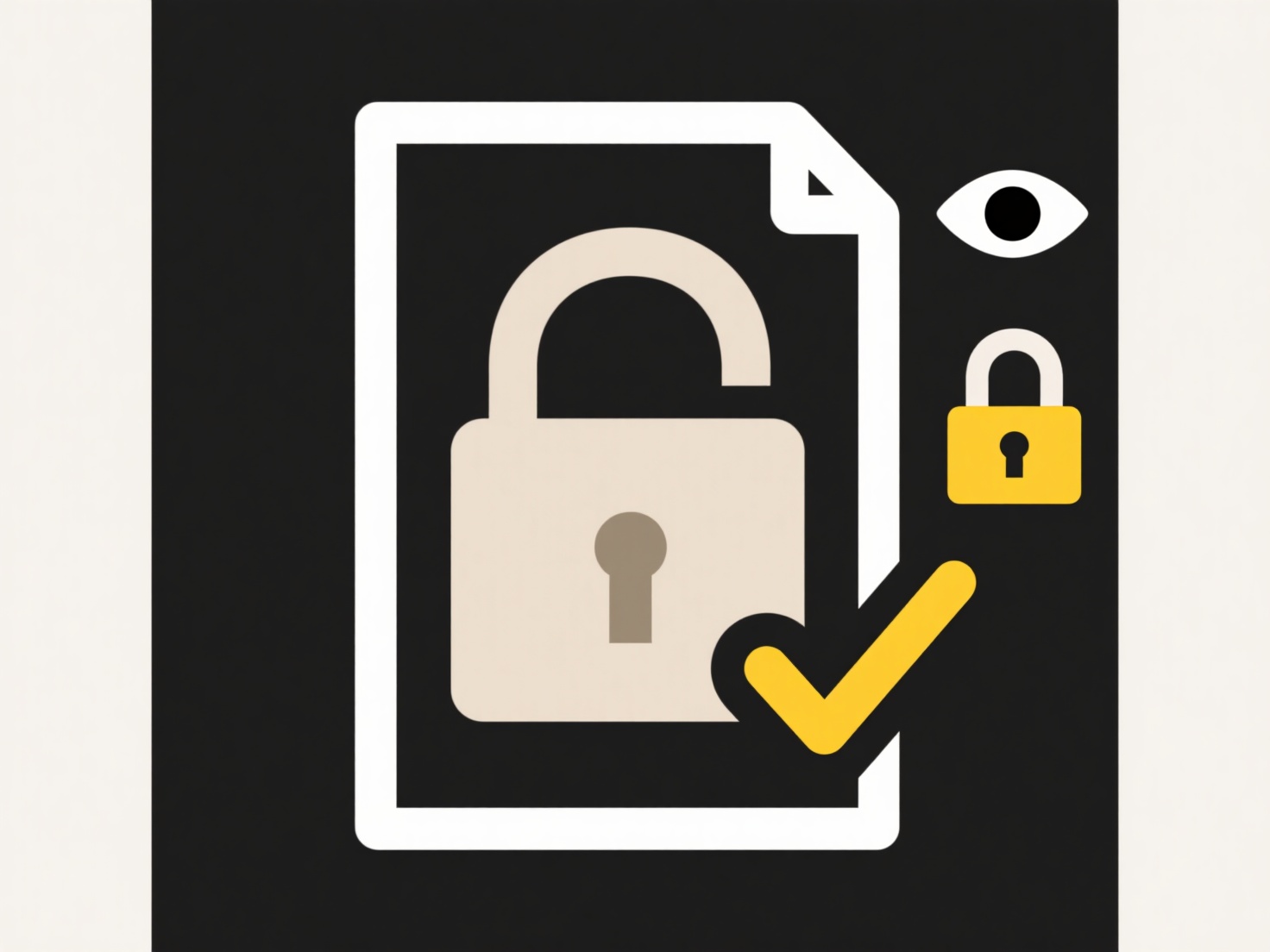
Deduplication of file names with slight spelling errors involves identifying and eliminating duplicate files even when their names differ minimally due to typos, transposed letters, or variations (e.g., "report_v1.pdf" vs. "repoort_v1.pdf"). It differs from simple exact-match deduplication by using fuzzy matching algorithms that measure similarity, such as Levenshtein distance, to find files that are likely intended to be the same despite minor name discrepancies.
This is particularly useful in environments handling large volumes of user-generated files, such as document management systems in offices, digital asset libraries in creative agencies, or customer uploads on web platforms. Tools like specialized deduplication software, scripting languages (Python libraries like fuzzywuzzy), and some data deduplication solutions can implement this fuzzy logic based on filenames and often metadata.

While this significantly improves organization and storage efficiency by catching otherwise missed duplicates, limitations include computational overhead for large datasets and the risk of false positives (merging genuinely different files with coincidentally similar names). Careful configuration of similarity thresholds is essential to balance thoroughness and accuracy. Future improvements may leverage AI to better understand context and intent behind naming variations.
Can I deduplicate file names with slight spelling errors?
Deduplication of file names with slight spelling errors involves identifying and eliminating duplicate files even when their names differ minimally due to typos, transposed letters, or variations (e.g., "report_v1.pdf" vs. "repoort_v1.pdf"). It differs from simple exact-match deduplication by using fuzzy matching algorithms that measure similarity, such as Levenshtein distance, to find files that are likely intended to be the same despite minor name discrepancies.
This is particularly useful in environments handling large volumes of user-generated files, such as document management systems in offices, digital asset libraries in creative agencies, or customer uploads on web platforms. Tools like specialized deduplication software, scripting languages (Python libraries like fuzzywuzzy), and some data deduplication solutions can implement this fuzzy logic based on filenames and often metadata.

While this significantly improves organization and storage efficiency by catching otherwise missed duplicates, limitations include computational overhead for large datasets and the risk of false positives (merging genuinely different files with coincidentally similar names). Careful configuration of similarity thresholds is essential to balance thoroughness and accuracy. Future improvements may leverage AI to better understand context and intent behind naming variations.
Quick Article Links
How do I remove special characters from file names?
Removing special characters from file names means eliminating symbols like !, @, , $, %, &, spaces, or accented letters ...
How do I restore previous sharing settings?
Restoring previous sharing settings refers to reverting access permissions for files, folders, or resources back to an e...
What’s the best way to document sync strategies for teams?
Documenting synchronization strategies involves creating clear, accessible guidelines for teams to coordinate work acros...